Home>Furniture>Outdoor Furniture>How Far Apart Should Posts Be For A Patio Cover
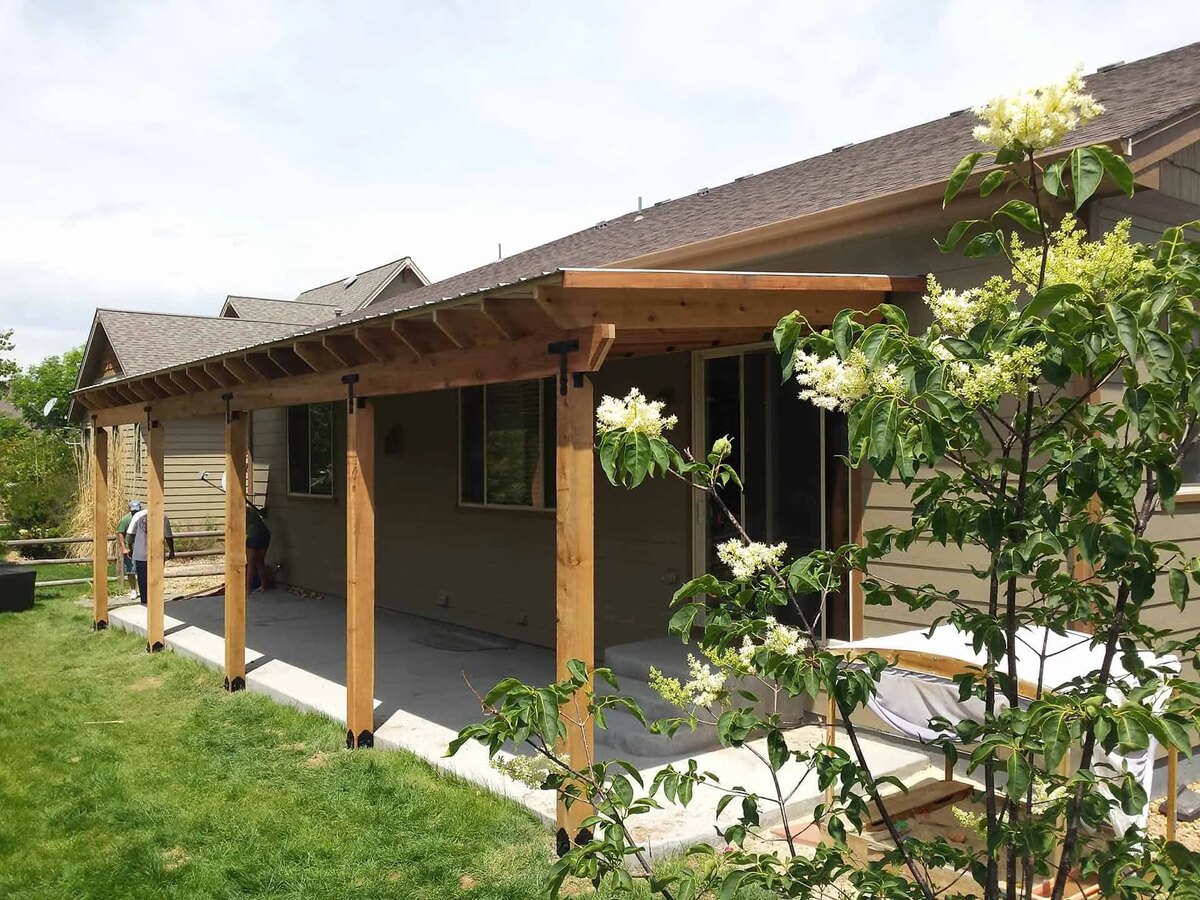

Outdoor Furniture
How Far Apart Should Posts Be For A Patio Cover
Modified: May 6, 2024
Discover the perfect spacing for posts when installing a patio cover for your outdoor furniture. Achieve optimal stability and functionality with the right distance between each post.
(Many of the links in this article redirect to a specific reviewed product. Your purchase of these products through affiliate links helps to generate commission for Storables.com, at no extra cost. Learn more)
Introduction
When it comes to creating a functional and aesthetically pleasing outdoor space, a patio cover is an essential addition. Not only does it provide shade and protection from the elements, but it can also enhance the overall design of your patio area. Whether you plan to build a patio cover yourself or hire a professional, one crucial factor to consider is the spacing between the posts that support the structure.
The distance between the posts on your patio cover can have a significant impact on its structural integrity and overall appearance. In this article, we will explore the factors you need to consider when determining the post spacing for your patio cover. We will also delve into the recommended post spacing based on various factors and how it can affect the stability and durability of your patio cover.
Before we dive into the details, it’s important to note that the information provided in this article serves as a general guide. It is always best to consult with a professional contractor or engineer who can evaluate your specific situation and provide tailored advice.
Key Takeaways:
- Proper post spacing for a patio cover is crucial for stability and aesthetics. Consider design, weather, materials, and local regulations to determine the ideal spacing.
- For most patio covers, spacing posts 8 to 10 feet apart strikes a balance between support and open space. Consult professionals for tailored advice based on your specific needs.
Factors to Consider When Determining Post Spacing
Several factors come into play when determining the ideal post spacing for your patio cover:
- Patio Cover Design: The design and style of your patio cover will largely influence the spacing between the posts. Some designs may require closer post spacing to ensure sufficient support and stability.
- Weather Conditions: The climate in your area also plays a role in determining the post spacing. Locations with strong winds, heavy snow loads, or frequent extreme weather conditions may require closer post spacing for added strength.
- Patio Cover Material: The type of material used for your patio cover will affect the post spacing as well. Different materials have varying load-bearing capacities and structural requirements.
- Building Codes and Regulations: It is crucial to check with your local building codes and regulations. They may specify specific requirements for post spacing and overall structural integrity.
Key Takeaways:
- Proper post spacing for a patio cover is crucial for stability and aesthetics. Consider design, weather, materials, and local regulations to determine the ideal spacing.
- For most patio covers, spacing posts 8 to 10 feet apart strikes a balance between support and open space. Consult professionals for tailored advice based on your specific needs.
Factors to Consider When Determining Post Spacing
When it comes to determining the post spacing for your patio cover, there are several important factors to take into consideration. Understanding these factors will help you make informed decisions that ensure the stability and longevity of your patio cover.
1. Patio Cover Design: The design and style of your patio cover will have a significant impact on the required post spacing. Some designs, such as gable or pitched roofs, may require closer post spacing to provide adequate support and stability. On the other hand, simpler designs like freestanding or pergola-style covers may allow for wider post spacing.
2. Weather Conditions: The weather conditions in your area can also influence the post spacing. If you live in an area prone to strong winds, heavy snow loads, or frequent extreme weather conditions, closer post spacing may be necessary to ensure the patio cover can withstand these forces. Consider consulting with a local engineer or contractor who has experience with your specific climate to determine the ideal post spacing for your patio cover.
3. Patio Cover Material: The type of material used for your patio cover will also impact the required post spacing. Different materials have varying load-bearing capacities and structural requirements. For example, lightweight materials like aluminum may allow for wider post spacing, while heavier materials like wood or steel may require closer post spacing for added support.
4. Building Codes and Regulations: Before proceeding with any construction project, it is crucial to check the building codes and regulations in your area. These codes may specify minimum requirements for post spacing, as well as other structural aspects. Adhering to these regulations is not only necessary for compliance but also for the safety and integrity of your patio cover.
5. Desired Aesthetic and Functionality: Lastly, consider your desired aesthetic and functionality for the patio cover. Closer post spacing can provide a more solid and sturdy appearance, while wider post spacing can create a more open and spacious feel. Think about how you plan to use the patio space and how the post spacing will impact your overall design vision.
By carefully considering these factors, you can determine the optimal post spacing for your patio cover. It is essential to strike a balance between structural requirements, local regulations, and your desired aesthetic and functionality. Consulting with professionals, such as contractors or engineers, can provide invaluable guidance and ensure that your patio cover meets all necessary standards.
Recommended Post Spacing for Patio Covers
The recommended post spacing for patio covers can vary depending on the factors mentioned earlier. However, there are some general guidelines that can serve as a starting point for determining the ideal post spacing for your project.
For most patio covers, a common rule of thumb is to space the posts approximately 8 to 10 feet apart. This spacing provides a good balance between structural integrity and open space. It allows for sufficient support while minimizing the number of posts needed, which can potentially obstruct views or limit the usable space below the cover.
However, it is important to note that this recommendation may not be suitable for every situation. Depending on the size and design of your patio cover, as well as the specific factors mentioned above, you may need to adjust the post spacing accordingly.
If you are dealing with a larger patio cover or live in an area prone to extreme weather conditions, it is advisable to opt for closer post spacing. This will help distribute the weight and forces more evenly, enhancing the stability of the structure. For such cases, spacing the posts around 6 to 8 feet apart can provide greater durability and strength.
On the other hand, if you have a smaller patio cover or are more concerned with maximizing the open space below, wider post spacing can be considered. Spacing the posts 10 to 12 feet apart can create a more expansive and open feel, allowing for greater flexibility in the arrangement of furniture and other elements.
Remember, the recommended post spacing is just a starting point. It is crucial to evaluate your specific needs and consult with professionals to ensure the optimal post spacing for your patio cover. They will consider the design, materials, weather conditions, and local building codes to provide you with tailored recommendations.
Additionally, it is always recommended to obtain the necessary permits and inspections when building a patio cover. This ensures that your project meets the required safety standards and regulations.
By taking these recommendations into account and seeking professional guidance, you can determine the most suitable post spacing for your patio cover. This will ensure a sturdy and visually appealing structure that enhances your outdoor living space.
The posts for a patio cover should be spaced no more than 8 feet apart to ensure proper support and stability. This spacing will help distribute the weight of the cover evenly and prevent sagging or structural issues.
Impact of Different Post Spacings on Structural Integrity
Choosing the right post spacing for your patio cover is crucial for maintaining its structural integrity. The spacing between the posts directly affects the overall stability and strength of the structure. Let’s explore the impact of different post spacings on the structural integrity of your patio cover.
Closer Post Spacing: When the posts are spaced closer together, typically around 6 to 8 feet apart, it provides greater load-bearing capacity and stability. The closer spacing helps distribute the weight evenly across the supports, minimizing the risk of sagging or structural failure. Closer post spacing is especially beneficial for larger patio covers or areas with high wind or snow loads, as it provides enhanced resistance against these forces.
Wider Post Spacing: On the other hand, wider post spacing, around 10 to 12 feet apart, can create a more open and spacious feeling in your patio area. However, wider post spacing may compromise the overall strength and stability of the patio cover, especially when dealing with larger structures or harsh weather conditions. Keep in mind that wider post spacing may require the use of additional reinforcements, such as larger beams or trusses, to ensure adequate support.
It is important to consider the specific requirements of your patio cover design and the local building codes when determining the post spacing. Compliance with these regulations is essential for maintaining the structural integrity of your patio cover and ensuring the safety of those using the space.
Furthermore, the material used for the patio cover plays a significant role in determining the impact of post spacing on structural integrity. Different materials have varying load-bearing capacities and may require different post spacing to ensure stability. For example, lightweight materials like aluminum may allow for wider post spacing, while heavier materials like wood or steel may require closer post spacing for added support.
When evaluating the impact of post spacing on structural integrity, it is crucial to consult with professionals in the field. Contractors or engineers experienced in patio cover construction will be able to provide expert advice based on your specific requirements. They can evaluate the design, materials, and environmental factors to determine the most appropriate post spacing for your patio cover.
Ultimately, finding the right balance between aesthetics, functionality, and structural integrity is key when determining the post spacing for your patio cover. By considering these factors and seeking professional guidance, you can ensure a sturdy and reliable structure that will withstand the test of time and provide a beautiful outdoor living space for years to come.
Read more: Ground Cover: How Far Apart
Determining Post Spacing based on Patio Cover Size
The size of your patio cover plays a significant role in determining the ideal post spacing. The larger the patio cover, the more important it is to consider proper post spacing for structural integrity. Let’s explore how you can determine the post spacing based on your patio cover size.
1. Measure the Dimensions: Start by measuring the length and width of your patio cover. This will give you the overall size of the structure and help you understand the space you are working with.
2. Consider the Load-Bearing Capacity: The load-bearing capacity of the materials used is crucial to determine the appropriate post spacing. Consult the manufacturer’s specifications and engineering guidelines to understand the maximum distance allowed between posts.
3. Choose a Post Spacing Range: Based on the load-bearing capacity and the size of your patio cover, determine a range of post spacing that will provide sufficient support. As a general guideline, for smaller patio covers, you can start with a wider spacing, such as 8 to 10 feet apart. For larger covers, closer post spacing, around 6 to 8 feet apart, might be required for added stability.
4. Consider Aesthetics and Functionality: While ensuring structural integrity is crucial, also consider how the post spacing will affect the aesthetics and functionality of your patio cover. Closer post spacing can create a more solid and sturdy appearance, while wider post spacing can provide a more open and spacious feel. Consider your specific design vision and how the post spacing will enhance the overall look and usability of your patio area.
5. Consult with Professionals: It is highly recommended to consult with professionals, such as contractors or engineers, who have experience in patio cover construction. They can assess the specific requirements of your patio cover size, evaluate the load-bearing capacity of the materials, and provide expert advice on the optimal post spacing for your project.
While these guidelines can help you determine the post spacing based on your patio cover size, it is important to also consider local building codes and regulations. These codes may have specific requirements for post spacing to ensure safety and compliance.
Remember, the goal is to achieve a balance between structural integrity, functionality, and aesthetics. By carefully evaluating your patio cover size and seeking professional guidance, you can determine the most appropriate post spacing that will ensure stability, durability, and enhance the overall appeal of your outdoor living space.
Conclusion
Designing and building a patio cover that not only looks beautiful but also remains structurally sound requires careful consideration of post spacing. By understanding the various factors that influence post spacing, you can make informed decisions to ensure the stability, durability, and aesthetic appeal of your patio cover.
Factors such as the design of your patio cover, weather conditions in your area, the material used, and local building codes all come into play when determining the ideal post spacing. By taking these factors into account, you can determine the appropriate spacing that balances strength and functionality.
Recommended post spacing for most patio covers falls within a range of 8 to 10 feet apart. This spacing provides a good balance between stability and open space. However, it’s important to remember that every patio cover project is unique, and closer or wider post spacing may be required to suit specific needs.
The impact of different post spacings on structural integrity must also be considered. Closer post spacing offers greater load-bearing capacity and stability, making it ideal for larger structures or areas prone to extreme weather conditions. On the other hand, wider post spacing can create a more open and spacious feel, but may require additional reinforcements to ensure structural integrity.
Determining the post spacing based on patio cover size involves measuring the dimensions, considering the load-bearing capacity of materials, choosing a suitable range of spacing, and consulting with professionals. By following these steps, you can find the right post spacing that meets both structural requirements and aesthetic preferences.
Remember to consult with professionals, such as contractors or engineers, who have expertise in patio cover construction. They can provide tailored advice based on your specific needs, design vision, and local regulations.
In conclusion, the post spacing for your patio cover is a critical aspect of its design and construction. By considering the factors mentioned in this article and seeking professional guidance, you can ensure that your patio cover not only enhances the beauty of your outdoor space but also stands strong in the face of various environmental factors.
So, take the time to carefully evaluate your patio cover requirements, consult with experts, and create a well-built and visually appealing outdoor oasis that you can enjoy for years to come.
Ready to transform your deck into a vibrant hub for outdoor living? Our next guide on "Colorful Decor and Simple Add-Ons" is packed with creative tips to make your deck not only more inviting but also functionally exquisite. From splashes of color to clever furniture additions, discover ways to enhance your space for memorable evenings with friends or peaceful afternoons alone. Don't miss out on these stylish, easy updates that could redefine your outdoor experiences.
Frequently Asked Questions about How Far Apart Should Posts Be For A Patio Cover
Was this page helpful?
At Storables.com, we guarantee accurate and reliable information. Our content, validated by Expert Board Contributors, is crafted following stringent Editorial Policies. We're committed to providing you with well-researched, expert-backed insights for all your informational needs.
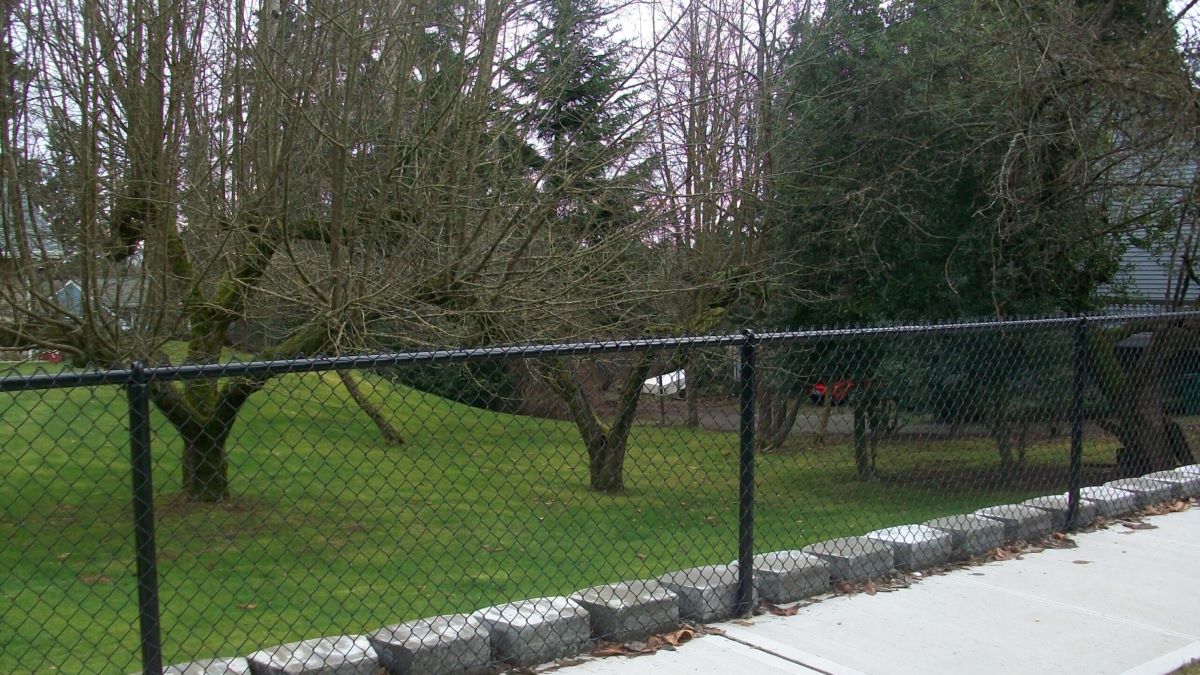

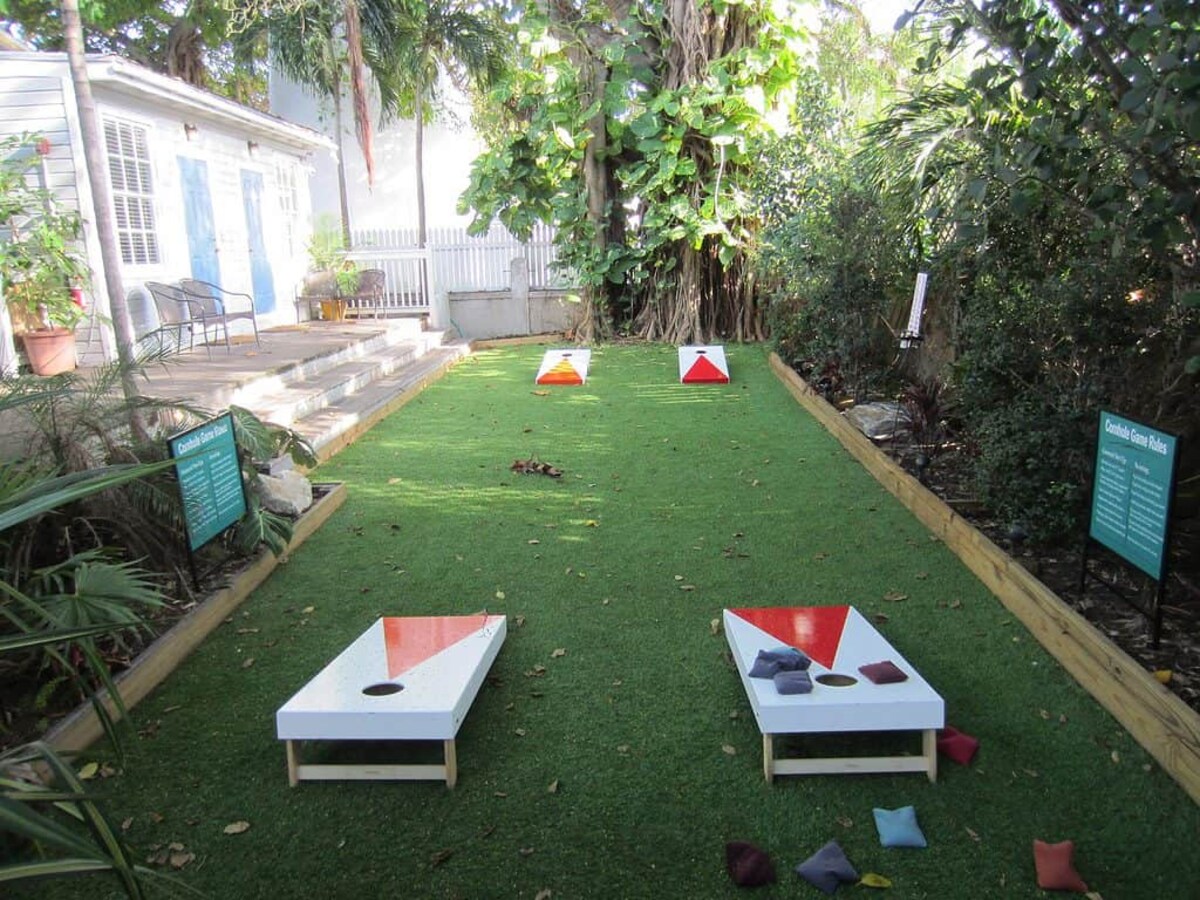
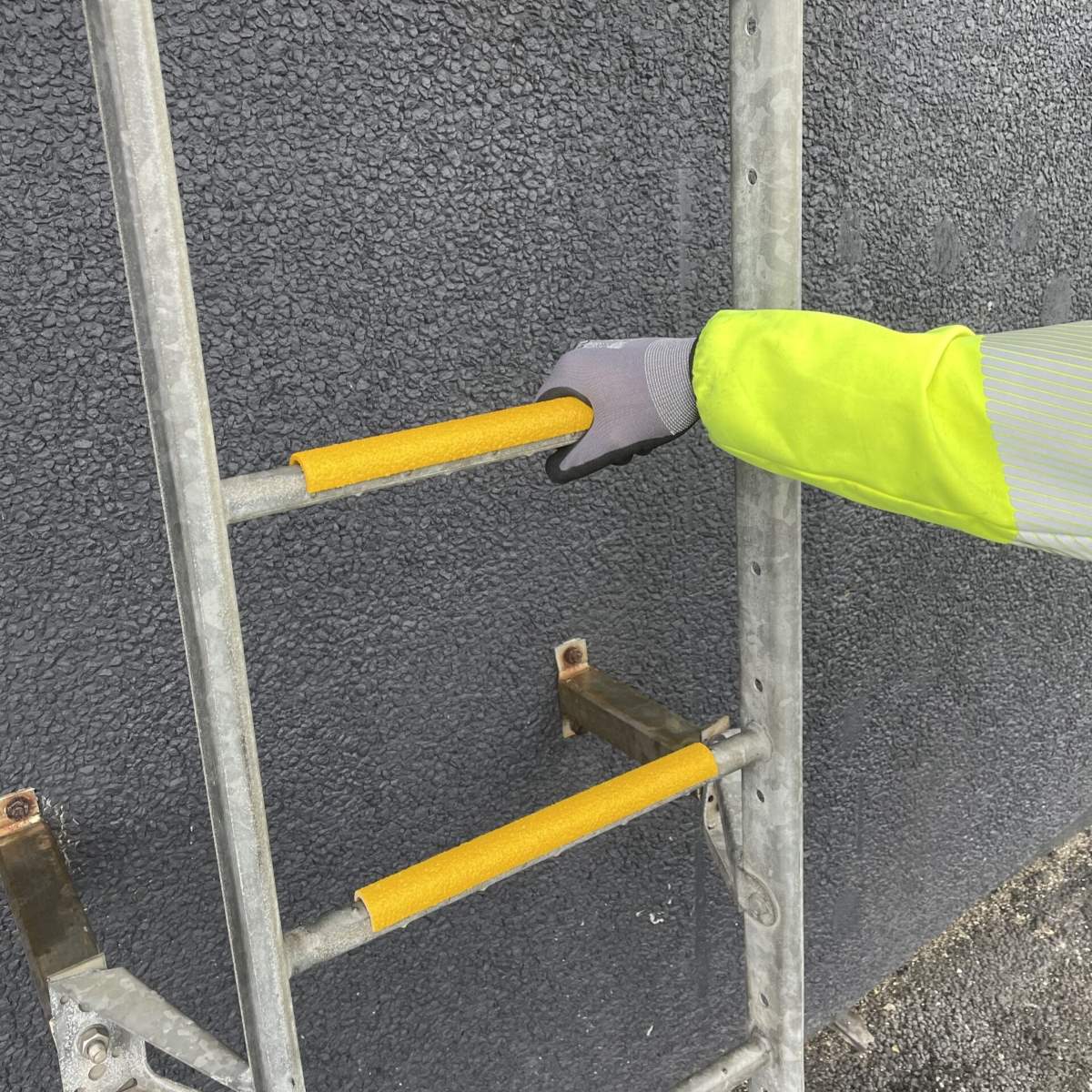


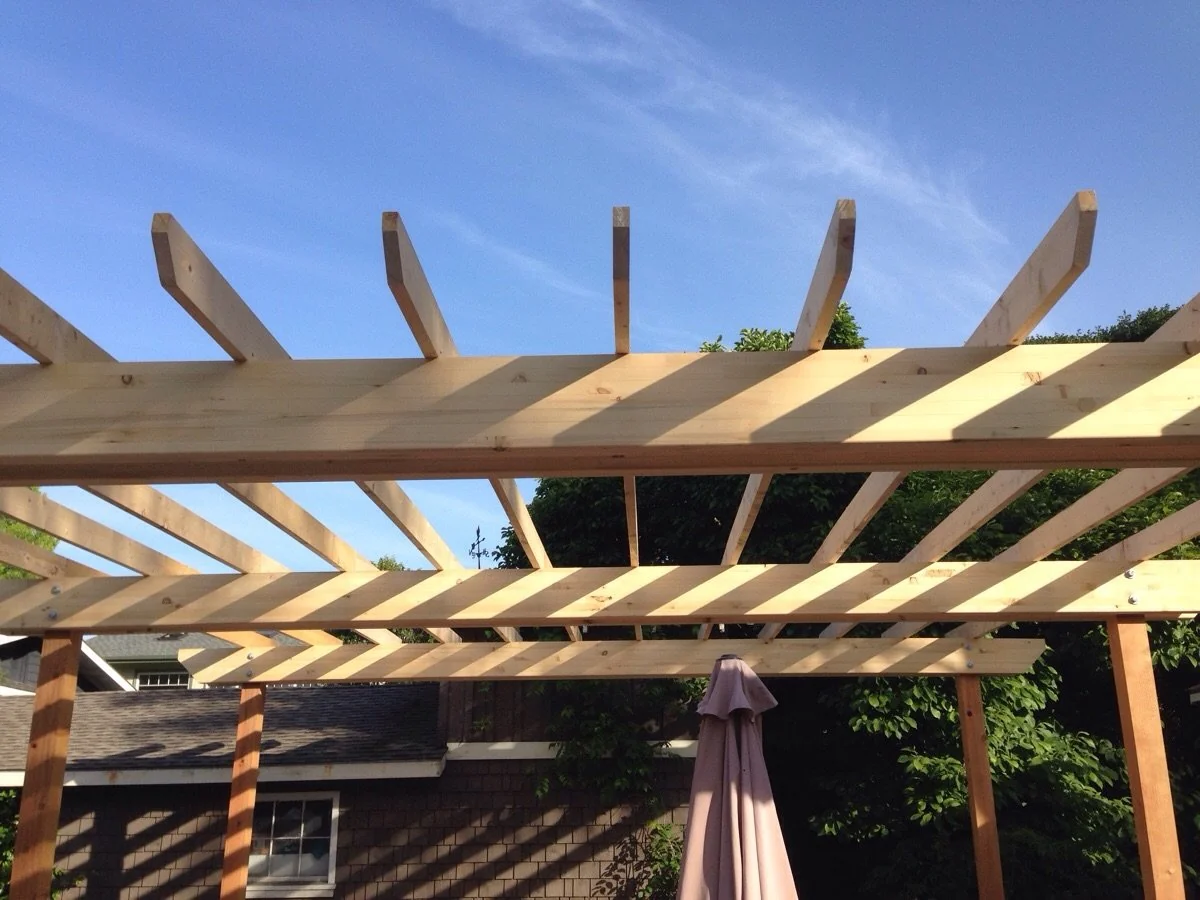


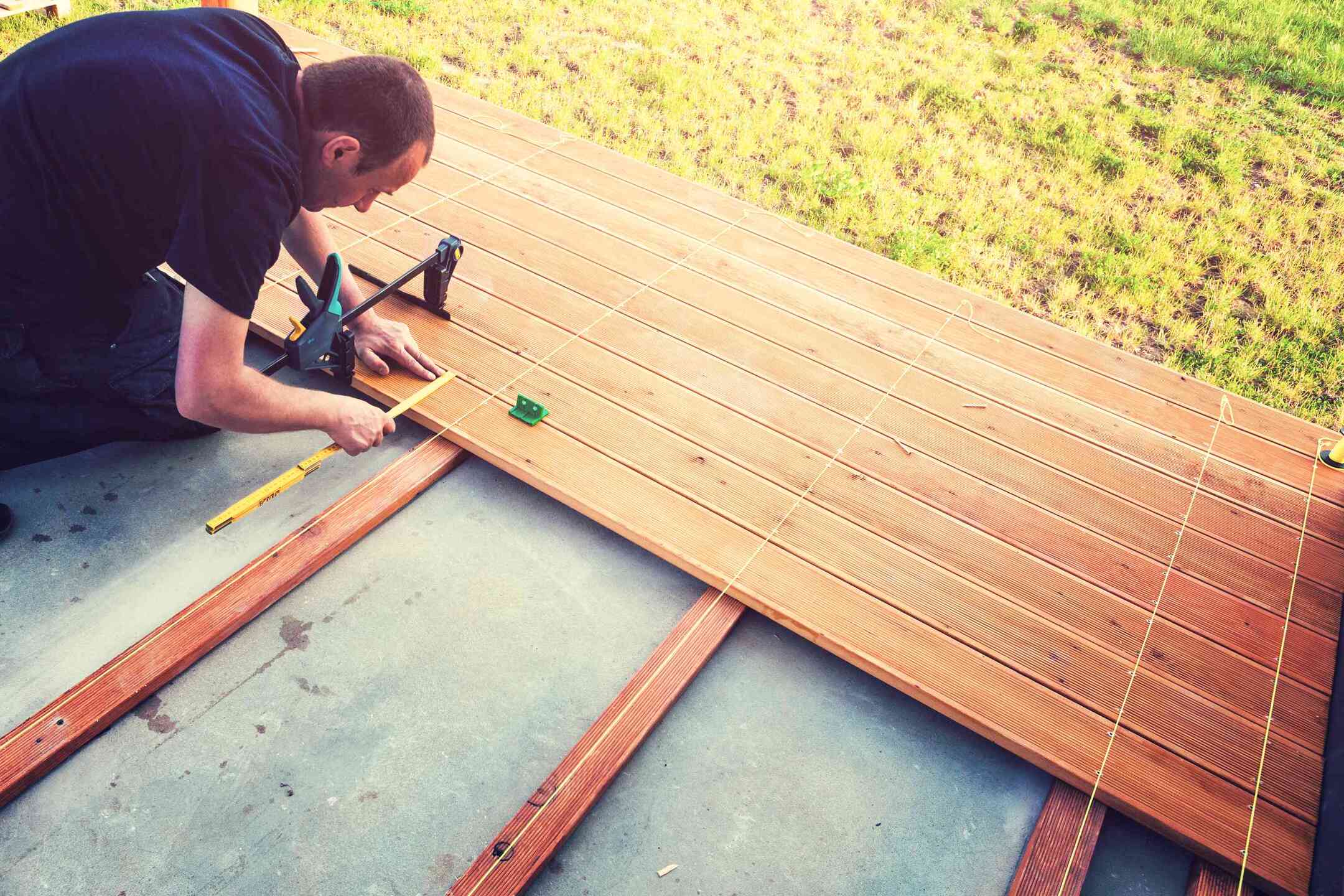
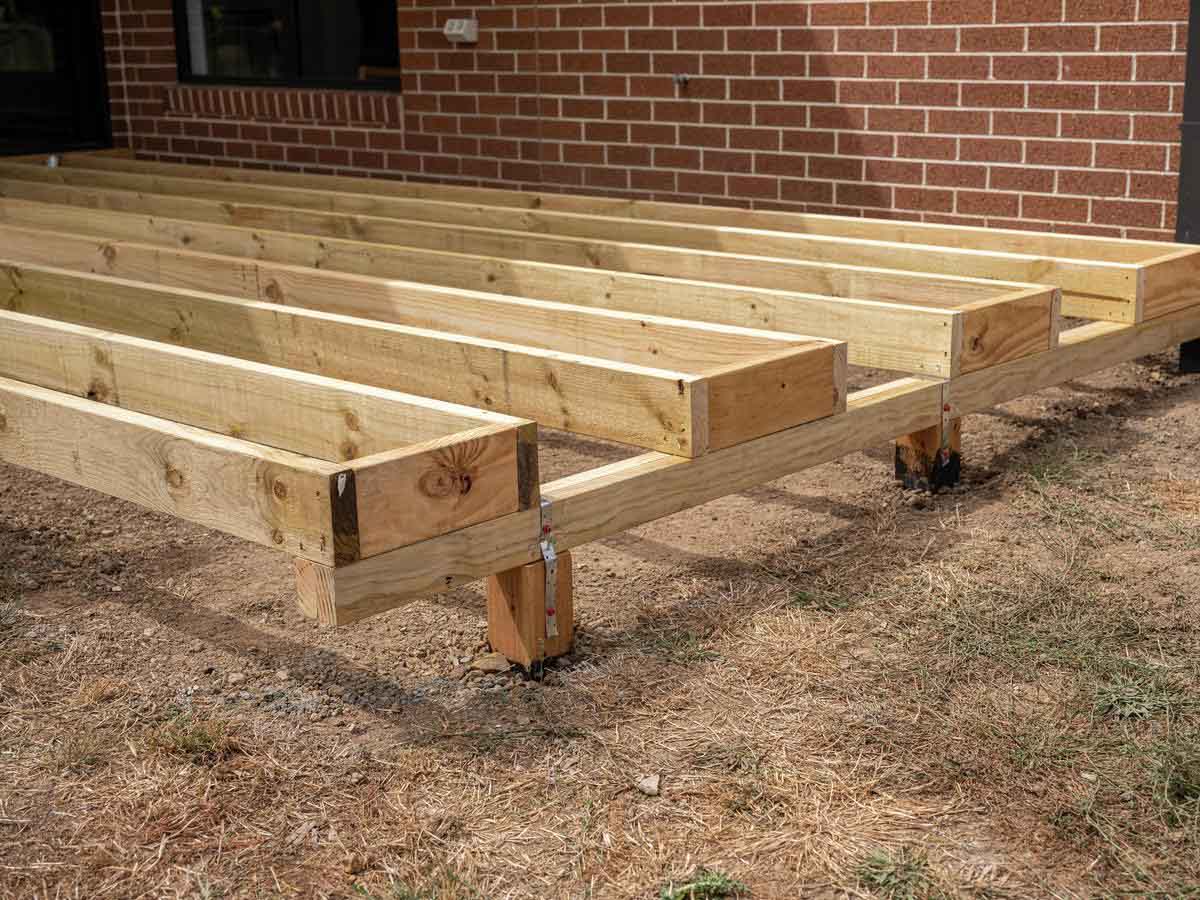
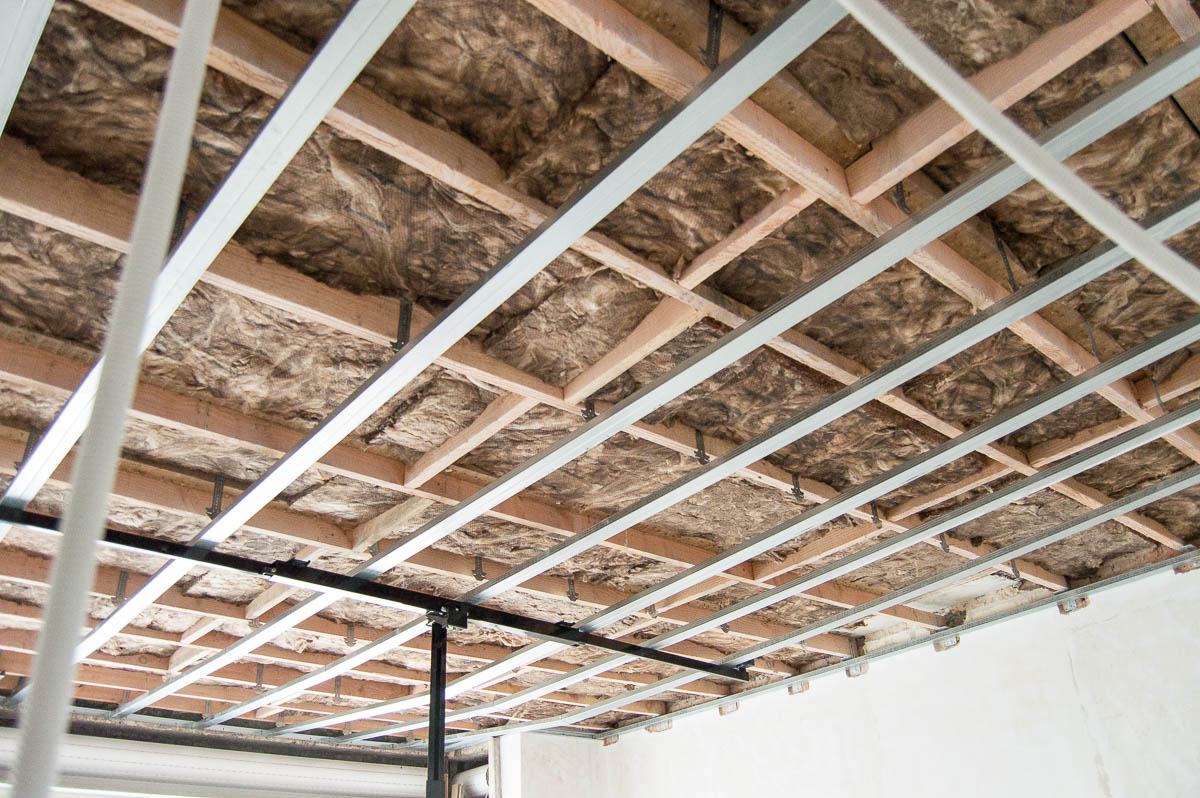
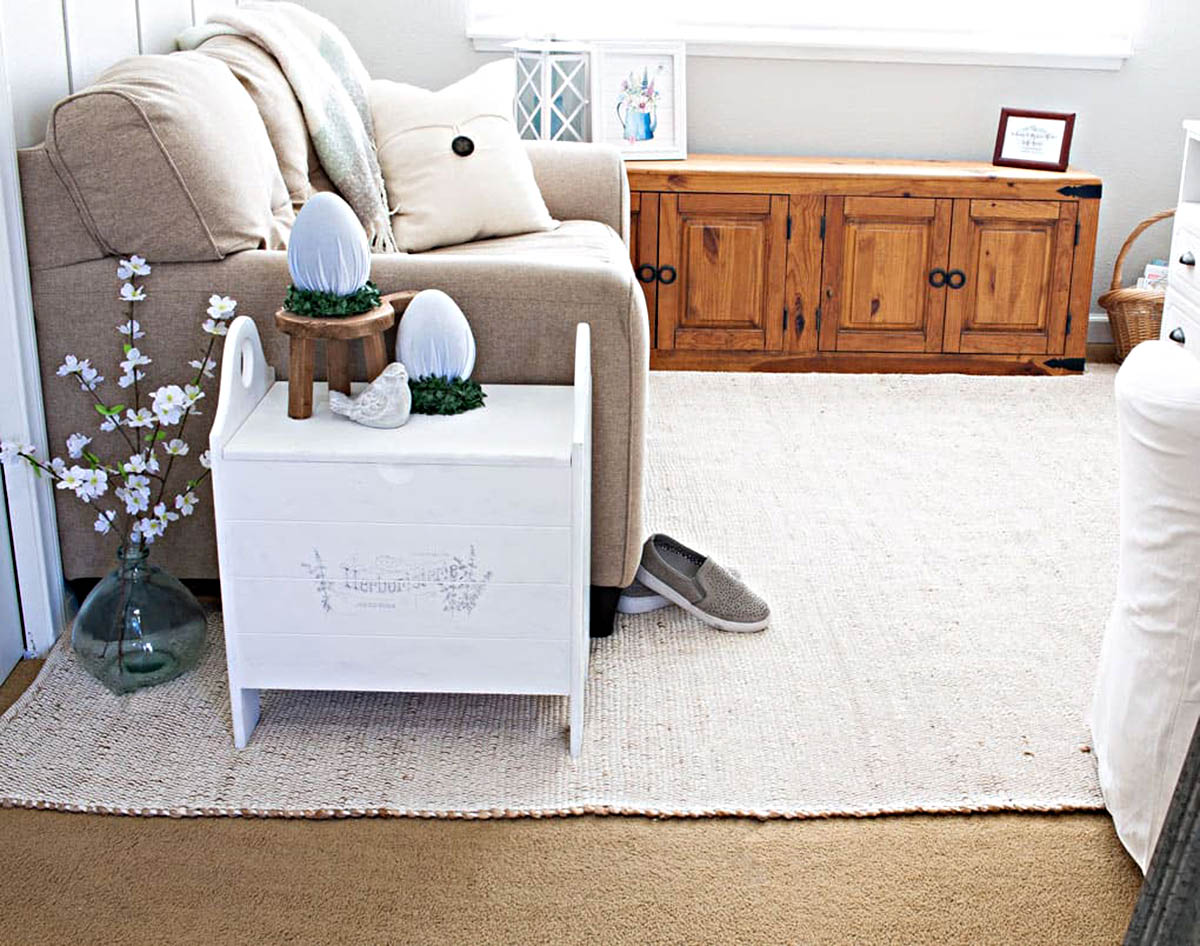
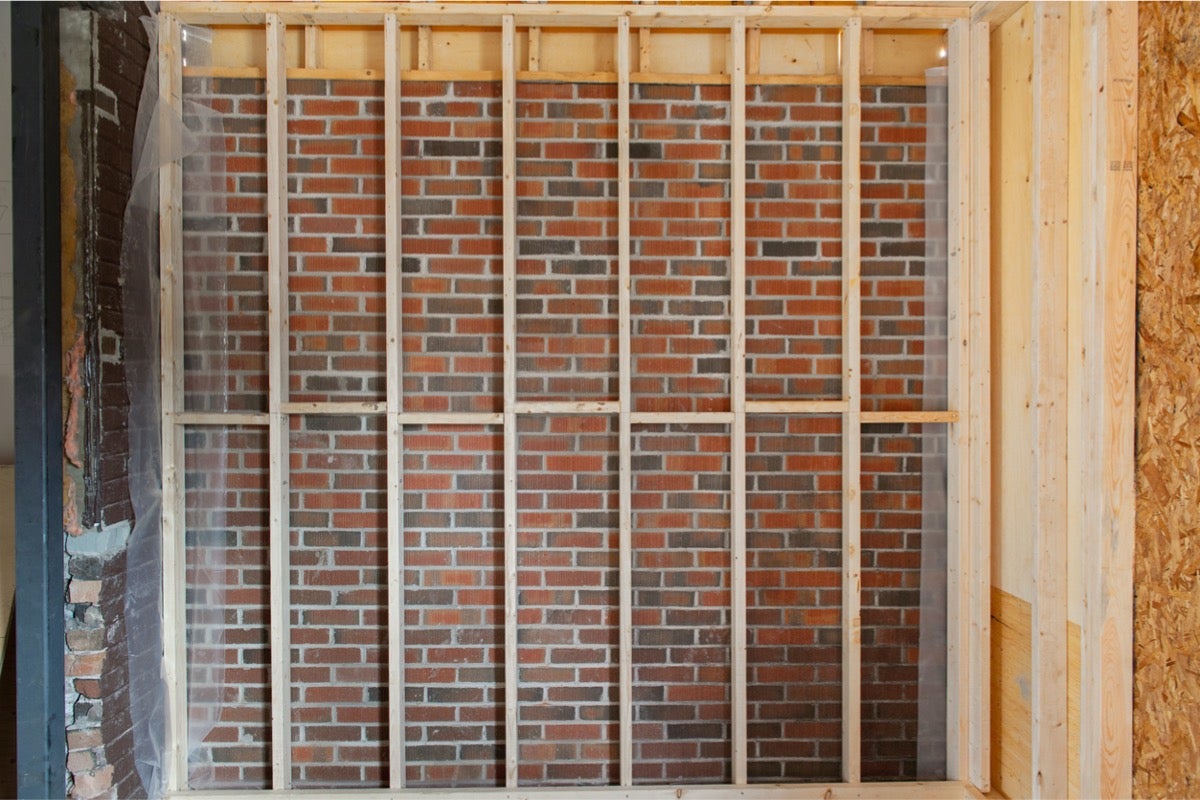

0 thoughts on “How Far Apart Should Posts Be For A Patio Cover”